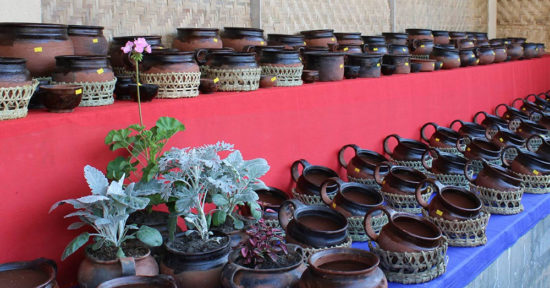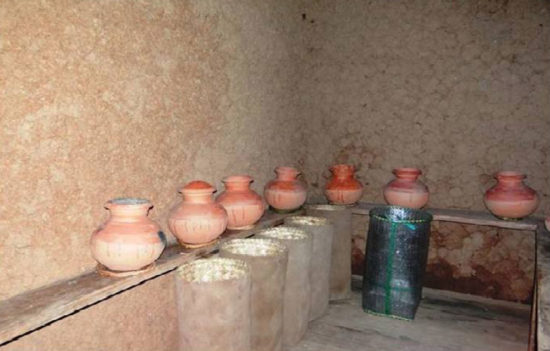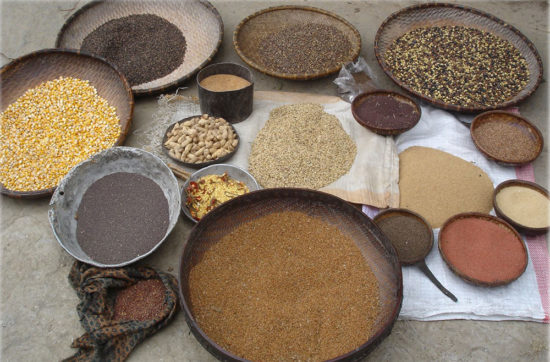A gateway to eastern Bhutan by road with a whole new travel experience of birdwatching, indigenous seed banks, salt-trek route, and many more.
Most people who grew up in the eastern part of the country have memories of traveling to one of the oldest towns in the east, Samdrupjongkhar. The town was popularly known for having one of the first cinema halls, the oldest commercial hub of the east and also a gateway to the bustling Indian city of Guwahati. The district as an ideal travel destination has been underrated so far. The dzongkhag has much to offer. Here are some of the notable attractions for travelers.

Kantali Hut
Narphu – Samdrupjongkhar birding route
Bhutan is known to be home to over 7 percent of the world’s bird species in various districts including Samdrupjongkhar owing to its rich forest coverage. About sixty kilometers away from the main town, from the base of the famous mirror cliff (melong brak) is the sub-tropical and warm-broadleaf forest, the ideal birdwatching route. It is home to about 360 different species of birds found in Bhutan. Beautiful Nuthatch, Crimson Sunbird, Asian Emerald Cuckoo, Greater Goldenback, Ruby-cheeked Sunbird, and White-browed Scimitar Babbler are some of the prominent bird species that fly around within this vegetation. The birding activities can be done in spring, fall, and winter.
Kaloyen Tsho Hike
Located above Dewathang, Kaloyen Tsho is a 2-hour hike from the main road of Lamtsarong. Locals believe the lake belongs to the guardian deity of Dewathang, Kaloyen Yongba, and is therefore named as Kaloyen Tsho. Hikers can enjoy the breathtaking view of Yongla Goenpa, Dewathang, Samdrupjongkhar town and views of Assam plains in the soft golden dusk. The hikers can also visit sacred sites along the route, and the rich vegetation.
Chokyi Gyatso Institute
Popularly known as Dzongsar Shedra, the minimal but magnificent Chokyi Gyatso Institute overlooking Dewathang valley is one of the attractions for local travelers. The monastery is unique in many ways. It has palatial architecture, a serene environment, and most importantly, it upholds traditional wisdom with modern innovative programs like Lhomen Education. So, it is an inimitable tourist destination for a traveler who is looking for valuable experiences. The Shedra welcomes all visitors with no limitations like dress code or religion– he/she can visit each shrines, mediate at their own will for hours and exit the monastery whenever they want.

Dungsam Seeds Bank

Cereals and vegetable seeds
Bhairab Kunda Shiva Mandir
The Shiva Mandir at Jomotsangkha is popular among the local visitors and also regional tourists from across the border. It has rich religious stories and is also a popular place for picknickers. There is a self-arisen lake with linga beside the cave.
Salt-trek route
Like James Beard’s weighty question, “Where would we be without salt?”, a long time ago, people of Pema Gatshel and Trashigang traveled through the broad-leaved pine forests route carrying oranges for trading with salt and silk from Gudama-the border town of Samdrupjongkhar. This was during the period when the national highway between Samdrupjongkhar and Trashigang was not constructed. It was an eight-day voyage through beautiful villages and mountain ridges. Today, it is one of the potential nature-based treks in the Dzongkhag to retrace and revisit the ancient salt-trek route.
The palatable Orongpa Solo (Chili)
For food lovers, Samdrupjongkhar is also known for the famous local chili called Orongpa Solo which is best for preparing the national dish Ema Dasti, like Urka of Trashi Yangtse. The story has it that many moons ago, the people of Dueri noticed the millet husk drifting from the upper hill. They sensed the presence of fertile land above and so, they discovered Orong. The gift of this discovery was this special palatable Orongpa chili.
Dungsam Seeds Bank
With initiative from the local community, around sixty-seven varieties of indigenous cereals and vegetable seeds’ genetic diversity is preserved and distributed at the Dungsam Seeds Bank in Samdrupjongkhar. For instance, the cereal ‘Yang-go’ which was declining in the Geowgs was revived. The traditional seeds bank serves as the seed library with information on Dru-na-gu (the nine essential cereals of spiritual value) available in the Dzongkhag.
Kantali Hut
Kantali Hut in Dewathang is a must-visit for all visitors. Kantali is a Sanskrit word meaning replica. In line with its name, the hut exhibits the artisanship of the people in the Dzongkhag. The arts and crafts in the shop comprise products from mud, bamboo, wood to upcycled contemporary bags, bamboo mugs, plastic baskets, earthen pots, and natural dyed Bhutanese attires.
Access to the nearest ecotourism destination in Assam
Samdrupjongkhar dzongkhag is in proximity to the commercial hub and the international airport of Guwahati, Assam. It takes about 3-hour drive from the main town of Samdrupjongkhar to reach Guwahati. Assam is globally known for ecotourism. Hence, the Dzongkhag serves as the entry and exit gateway for all tourists to the rich tourism hotspot of Northeast India.
In a nutshell, the far-flung district of Samdrupjongkhar has a lot to offer to travelers who are seeking unique experiences, warmer weather and soft golden hours in the southeastern plains of Bhutan.
Contributed by Sonam Wangchuk is Asst. Economic Development Officer under Samdrupjongkhar Administration. He enjoys photography, translation, digital design, reading and writing. He blogs at sonamwangchuk132.blogspot.com


